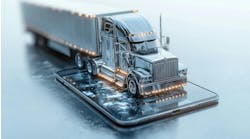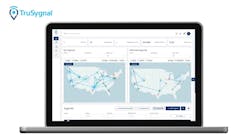In some previous posts, I’ve admitted that I’ve created problems in the trucking industry, introducing high-tech products for engines, transmissions, brakes, instrumentation and more. I feel obligated to take some steps to improve the situation.
With the difficulty of diagnosing and repairing trucks today and in the future, combined with the shortage of drivers to deliver freight in these high-tech trucks and tractors, it’s more important than ever to find ways to increase the numbers and skills of truck technicians and truck drivers. Many organizations are supportive of transitioning military personnel to working effectively in the trucking industry. It’s also important to get younger people interested in STEM (Science-Technology-Engineering-Math) careers, of which trucking is a prime example. Systems that use electronics to control everything—that provide radar, ultrasonics, and telematics for advanced driver assistance systems—that already provide autonomous operation 24 hours a day and 365 days a year in mining operations—are full of technology that needs people with the aptitude to understand, diagnose, repair, and operate effectively.
To increase the skilled people in the trucking industry, we need to increase the numbers of people taking training to become drivers and technicians. In turn, this means we need more outreach to people that could be enticed to participate in the trucking industry. This, in turn, means we need more schools, in the right place, to train the people we need in the future.
Rarely do we have the opportunity to invest in people for the future of an industry. Now, we all have such an opportunity. I’ve become involved in the National Transportation Center. It’s a non-profit focused on helping people transition from the military to working in our industry, as well as working with young people in middle and high school, to introduce them to the opportunities to improve the human condition by safely and efficiently delivering the essentials of life (food, water, medicine), the wants of life (bicycles, electronics, parts, and equipment), and the inspirations for life (entertainment, art, and experiences).
Check out the National Transportation Center to see what I’m talking about.


